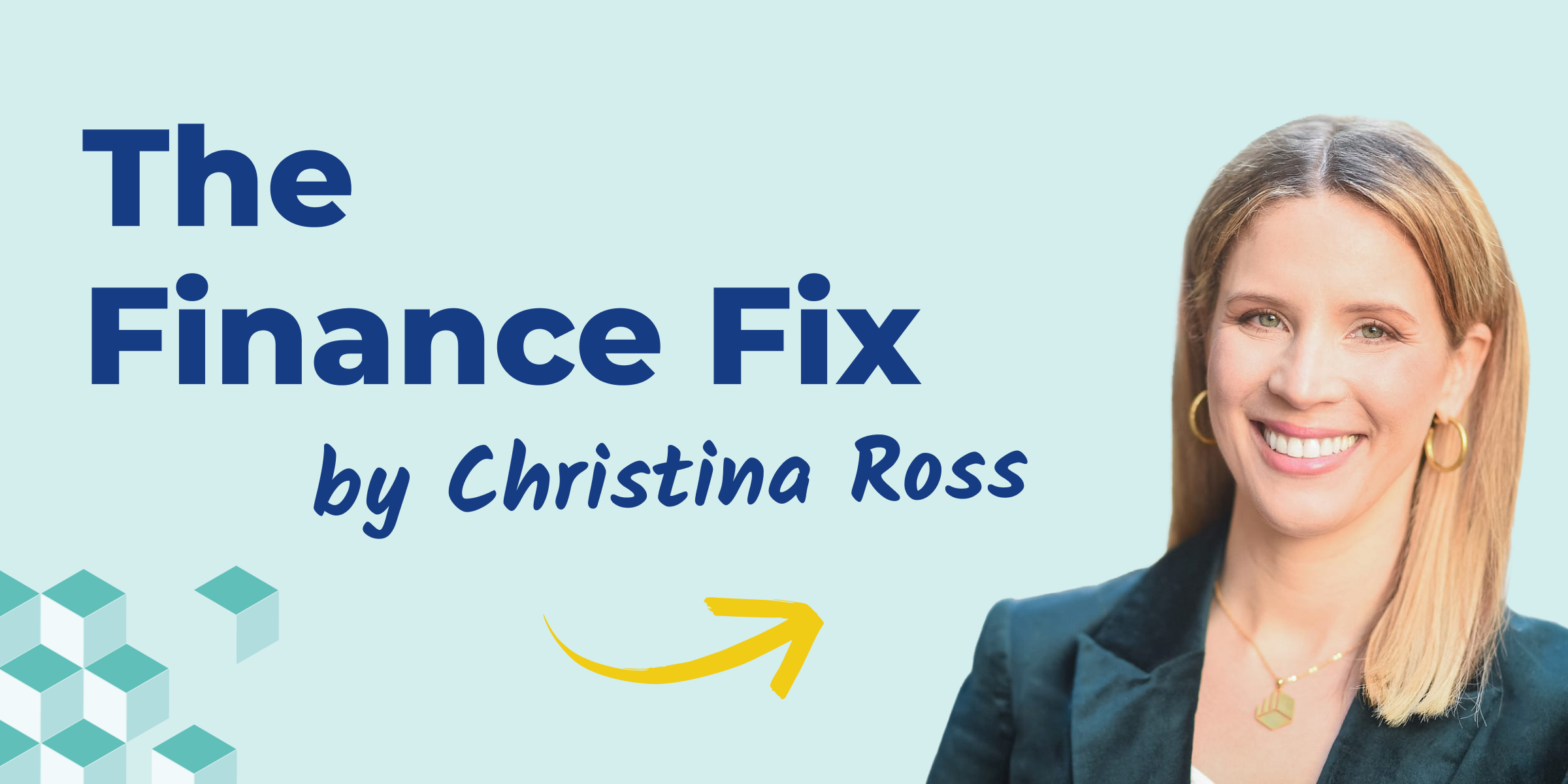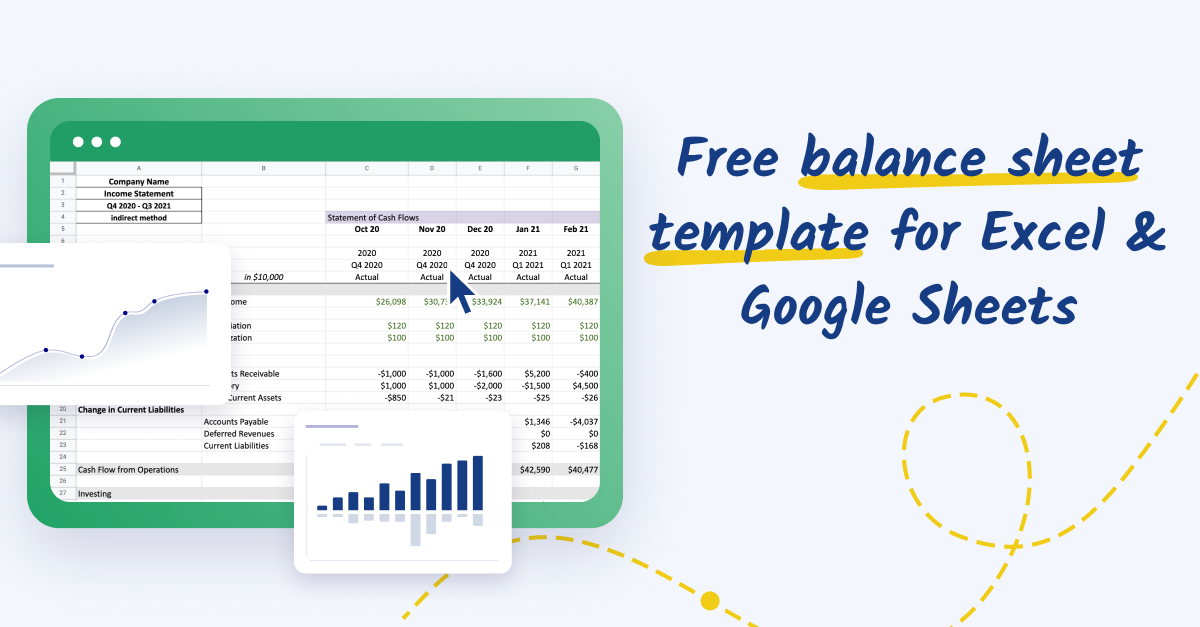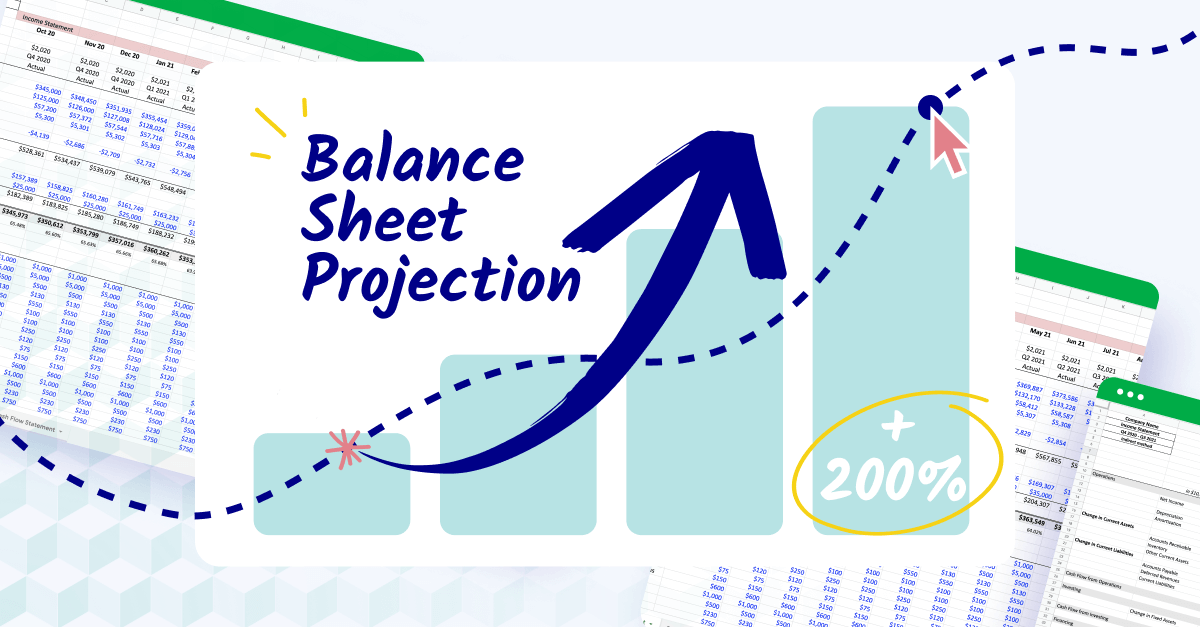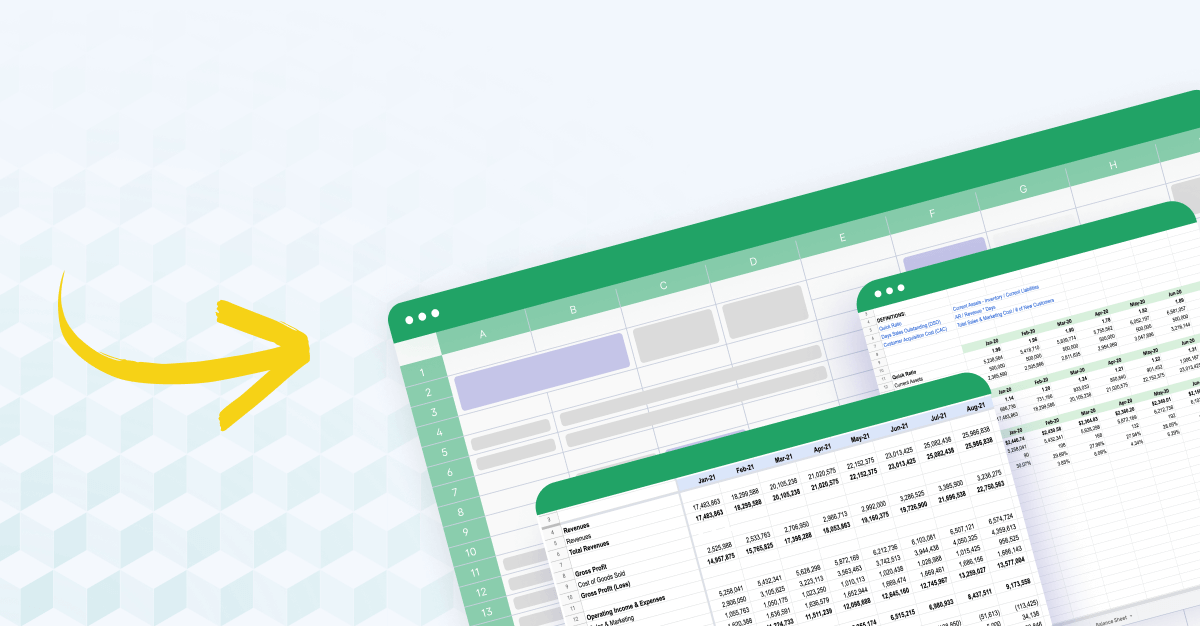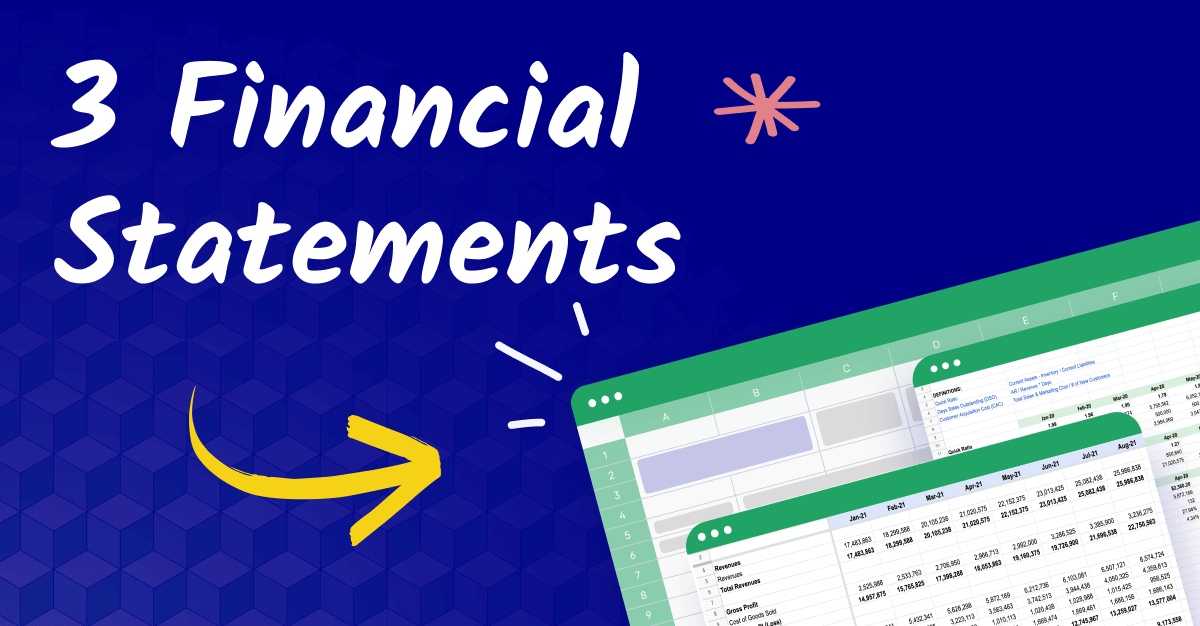What is a balance sheet?
Think of a balance sheet as a financial photograph capturing every dollar your company owns and owes at a single point in time. It follows one fundamental accounting equation:
Assets = Liabilities + Equity
- Assets are everything the company owns: cash, inventory, equipment, and property.
- Liabilities represent all outstanding debts and obligations, from supplier invoices to unearned revenue.
- Equity is the remaining value belonging to shareholders after paying off all debts.
When combined with the income statement and cash flow statement, a balance sheet helps you gain a complete picture of your company's financial health. However, the power of a balance sheet lies in its simplicity. While other financial statements track changes over weeks or months, a balance sheet gives stakeholders an immediate view of the organization’s financial health. Whether you need to know if the company can pay its bills, you want to evaluate debt levels, or you need to understand available resources, the balance sheet answers these questions at a glance. This makes it an invaluable tool for strategic financial planning, analysis, and decision-making.
Why use a balance sheet template?
A balance sheet template simplifies the process of organizing and presenting your financial data. It ensures consistency, saves time, and reduces the risk of errors. By using a template, you can focus on analyzing your financial position rather than worrying about formatting or structure. Whether you're a small business owner or part of a larger organization, a balance sheet template is a practical tool to streamline your financial reporting.
➡️ Download this free 3-statement model template (balance sheet template included) ⬅️
What to include in a balance sheet
A balance sheet breaks down into three clear sections: assets, liabilities, and owners' equity. Each section tells a specific story about your company's financial position.
Assets
Assets are everything with economic value that your company owns or controls. Here are the different types of assets you'll need to track:
Fixed assets
Fixed assets stay with your business long-term—think buildings, equipment, and machinery. You'll use these to generate revenue over multiple years. While they provide ongoing value, their net book value depreciates over time. This reflects the natural decline in value as assets are used or as market conditions evolve, ensuring their worth on the balance sheet remains accurate.
Current assets
Current assets move quickly through your business cycle, typically within a year. These include cash, accounts receivable, and inventory—resources that are essential for the day-to-day functioning of your business. Cash ensures you can cover immediate expenses, accounts receivable represent revenue that's on its way, and inventory supports ongoing sales.
Together, these assets keep your operations running smoothly, maintain your liquidity position, and provide the flexibility needed to respond to short-term financial demands or opportunities.
Tangible assets
Tangible assets are physical items you can touch and see, including fixed assets. These assets can fall into either the fixed or current asset category depending on how they're used and how quickly they’re expected to be converted into cash. For example, office equipment and machinery are typically fixed assets, while inventory—a tangible item—is a current asset.
One key advantage of tangible assets is their value in securing loans. Banks often accept them as collateral because their physical nature makes them relatively easy to appraise and liquidate if needed.

Intangible assets
Intangible assets pack significant value even though they lack a physical form. These include patents, trademarks, copyrights, and intellectual property—all of which drive business growth and create lasting competitive advantages. Unlike tangible assets, intangible assets are always classified as fixed assets because they provide long-term value and cannot be easily converted into cash within a year.
Valuing intangible assets can be more complex than valuing tangible ones, as they often rely on future revenue potential or market demand. Despite this challenge, these assets are critical to business strategy, offering unique opportunities for differentiation and profitability.
Operating assets
Operating assets are the backbone of your daily business activities, powering the processes that generate revenue. These include everything from manufacturing equipment and machinery to inventory and point-of-sale systems. Depending on their nature, operating assets can fall into either the fixed or current asset categories.
Fixed operating assets, like manufacturing equipment, are long-term investments that support operations over several years. Current operating assets, such as inventory and cash, are short-term resources that keep your business running on a day-to-day basis. Together, these assets ensure your business has the tools and resources needed to deliver products or services efficiently. As the workhorses of your balance sheet, operating assets represent the resources you rely on most to drive performance and sustain growth.
Non-operating assets
Non-operating assets sit outside your core operations, providing financial flexibility without directly contributing to your daily business activities. These include investment securities, excess cash reserves, and other assets not actively used to generate revenue or support operations. While they don’t drive day-to-day productivity, they serve as a financial backup plan—resources that can be leveraged for unexpected needs, strategic opportunities, or long-term growth initiatives.
Non-operating assets can be classified as either fixed or current assets, depending on their nature. For example, unused land and long-term investment securities are typically considered fixed assets because they represent long-term holdings. In contrast, short-term investment securities and excess cash reserves fall under current assets because they are more liquid and can be converted into cash within a year. These assets enhance financial stability, acting as a cushion for uncertain times or as capital to fund new opportunities.
Liabilities
Liabilities show what your company owes. They’re split into two main categories based on timing:
- Current liabilities: These require payment within a year and include accounts payable, short-term loans, and upcoming debt payments. Your company needs enough current assets to cover these obligations.
- Non-current liabilities: These extend beyond the next 12 months and include long-term loans, bonds, and extended leases. While they don't demand immediate attention, they affect your long-term financial planning.
Together, current and non-current liabilities paint a clear picture of your company’s financial obligations, helping you evaluate liquidity in the short term and sustainability in the long term.
Owners' equity
Owners' equity represents your shareholders' stake in the business: the portion of the company’s value that truly belongs to its owners once all debts have been paid. This section of the balance sheet includes common stock, retained earnings, and additional paid-in capital.
Think of it as what's left after paying all debts, with the true value belonging to your owners. It also reflects the owners' confidence in the business, as this value grows with profitable operations and strategic reinvestments.
How to use this free balance sheet template
A well-structured balance sheet template simplifies your financial reporting, letting you focus on what matters: analyzing the numbers and making strategic decisions. Start by downloading the balance template and opening it in your preferred spreadsheet tool, whether that’s Excel or Google Sheets. The layout matches standard accounting practices, with clear sections for assets, liabilities, and equity.
Here's how to populate your data:
1. Enter your current assets like cash, receivables, and inventory.

2. Add fixed assets such as equipment and property.

3. List your current liabilities, including payables and short-term debt.

4. Include long-term liabilities like loans and bonds.

5. Fill in shareholders' equity components.

The template’s built-in formulas automatically calculate totals and check for errors and inconsistencies.
Download this free balance sheet template to get started
If you want to level up your financial modeling, connect your balance sheet to other key statements. The three-statement model template links your balance sheet with income and cash flow statements, creating a dynamic financial dashboard. This connection helps you spot trends, identify potential issues, and make data-driven decisions faster.
Here’s how it works:
- Net income flows directly into retained earnings on the balance sheet, ensuring profitability is automatically reflected in the income statement.
- Changes in assets (e.g., inventory) or liabilities (e.g., debt) on the balance sheet are linked to operating, investing, or financing activities in the cash flow statement, keeping cash balances accurate.
- Adjustments in one statement—like revenue on the income statement—cascade through the model, updating net income, retained earnings, and cash flow seamlessly.
This integration provides a real-time, holistic view of your financials, enabling you to quickly spot trends, identify risks, and assess the impact of strategic decisions across all key metrics.
Additionally, the template supports rolling forecasts and scenario planning similar to budgeting and forecasting software. Update your numbers monthly or quarterly to track changes in your financial position and streamline your financial forecasting approach. Or create multiple versions to model a balance sheet projection for different business scenarios, from conservative growth to aggressive expansion.
Download the 3-statement model template
Understand your financial health with this free balance sheet template
A balance sheet gives you a clear snapshot of your company’s financial position, helping you make informed decisions about growth, debt capacity, and working capital. But preparing and maintaining one shouldn’t be complicated or time-consuming.
The right template makes balance sheet preparation simple and strategic. Whether you’re evaluating financial health, presenting to stakeholders, or preparing for a board meeting, clean, accurate data gives you the confidence to lead.
Get the free balance sheet template now to simplify your financial planning.
Want to take FP&A to the next level? Learn how Cube can help.
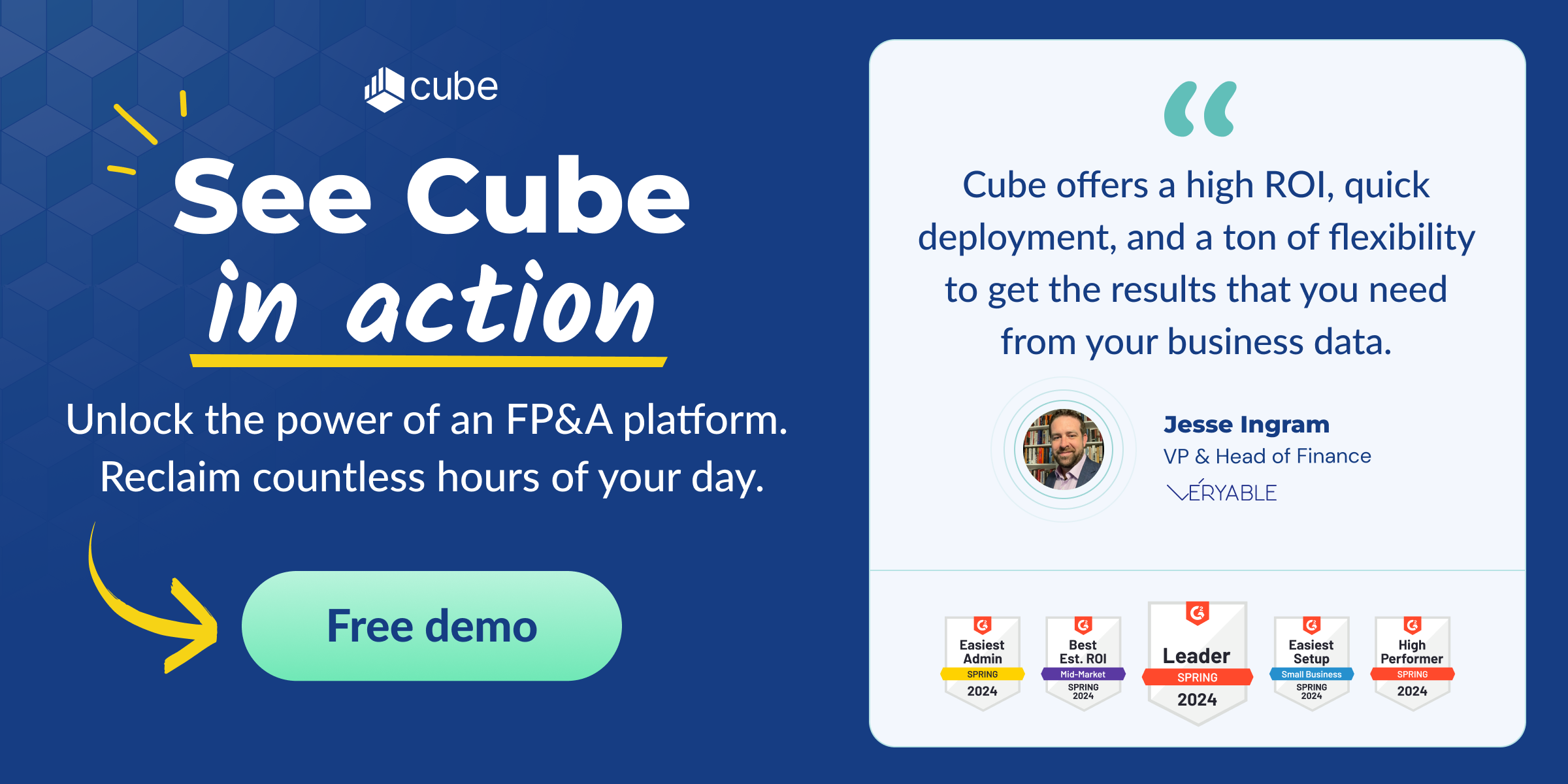


.png)


